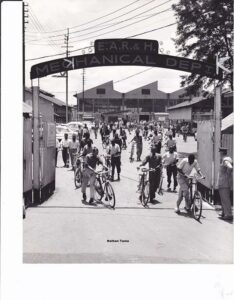Early 20th century Nairobi evolved into a cosmopolitan hub around the Mombasa-Kampala railroad. The city’s colonial layout segregated residential zones, forcing long commutes from the periphery to city-center jobs and making bicycles essential for African workers. The opening of the first bicycle shop in 1901 by an Indian businessman catalyzed this culture. Despite their utility, bicycles were less accessible to women, hindered by cultural norms and the city’s rough terrain, while men often showcased daring maneuvers, leading to discussions on cycling regulations by 1910.

By mid-century, the rise of motor vehicles and the Kenya Bus Service marked a shift, with bicycles symbolizing economic hardship. Racial policies during the 1950s state of emergency further restricted movement, particularly for Africans. Recently, however, there has been a cycling renaissance driven by advocacy groups and government initiatives like Nairobi Metropolitan Services’ new cycling lanes, symbolizing a full-circle return to bicycles as a viable, sustainable transport option in Nairobi.
In this chapter Dorcas Nthoki Nyamai explores the rise and fall of the fortunes of the bicycle in Nairobi.